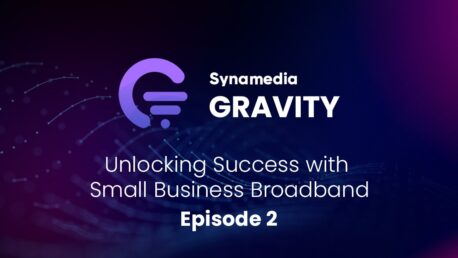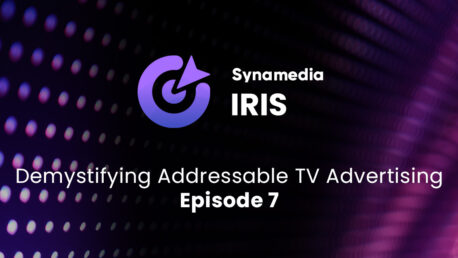- June 18, 2024
- 13:00:00 EDT
Unlocking Success with Small Business Broadband – Episode 1: The Case for Specialised Small Business Broadband
Small to medium-sized businesses play a crucial role in the economies of most countries globally. However, despite their significance in fostering economic development, many of these businesses lack a broadband solution that adequately addresses their specific requirements. All too often, they’re forced to make do with residential-grade services, which are inadequate, or opt for prohibitively expensive enterprise solutions. Attempting to fit the small business subscriber into solutions designed for other segments inevitably leads to shortcomings, hindering their potential for success.
The webinar series ‘Unlocking Success with Business Broadband Services’ aims to tackle these questions and help service providers to design better and more fit business solutions.
Join us for an insightful first episode of the webinar series delving into the pivotal strategies for broadband service providers, aimed at fostering success within the business services arena through orchestration of broadband and value-added services and associated CPE devices. This session will equip attendees with insights into the customised solutions imperative for addressing the distinctive needs and hurdles encountered by small businesses, and why trying to leverage a solution aimed at Enterprise and Residential segments will hinder your success.
Key focal points of discussion are:
- Why is the Small and Medium Business (SMB) market attractive
- How can service providers benefit form targeting SMBs
- What are the unique needs of SMBs
- Why should SMBs be offered a tailored solution
Speakers:

During her 24 years at Cox, Megan has served in a variety of Marketing and Product roles, including leading the Residential and Retail Business Video Product teams focused on product strategy, development and management across the company’s traditional and streaming Video services. In her role, she ensures customers have the best experience throughout their full journey as customers of Cox.te is helping the health tech sector integrate and grow within the continuously shifting landscape.

Scott is Head of Customer Solutions for the Americas at Airties, a leading provider of managed Wi-Fi solutions to ISPs around the globe including AT&T, Bouygues Telecom, Deutsche Telekom, Singtel, Sky, Telia, Telstra, Vodafone, and many others.
Scott has worked in the telecommunications industry for the past 20 years, with a focus on home connectivity solutions for cable, telco, satellite, and non-traditional service providers across the globe. He has served in positions ranging from Solutions Engineering and Management, Presales and Business Development to Tier-1 Key Account Management.

Sudeep has extensive work experience in product management and strategy roles in various companies. Sudeep is the Senior Director of Product Management at Synamedia, leading the development of Synamedia Gravity, a broadband service and device orchestration platform.
Previously Sudeep held several Senior Director positions at CommScope where he led a team of professionals focused on diversifying into new markets, growing current business areas, and ensuring business continuity. Prior to CommScope, Sudeep worked at Harmonic in several Senior Management roles.

Unlocking Success with Small Business Broadband – Episode 2: The Operator Perspective
Find out more
SaaS: Beyond the Basics – Episode 1: Deliver Exceptional Fan Experiences with Synamedia Quortex
Struggling with live sports content delivery? Join our exclusive webinar and discover how Synamedia Quortex can help you handle peak demand, ensure security, and bring new content to market faster. Don’t miss out—register today to gain a competitive edge in sports content distribution!
Find out more











